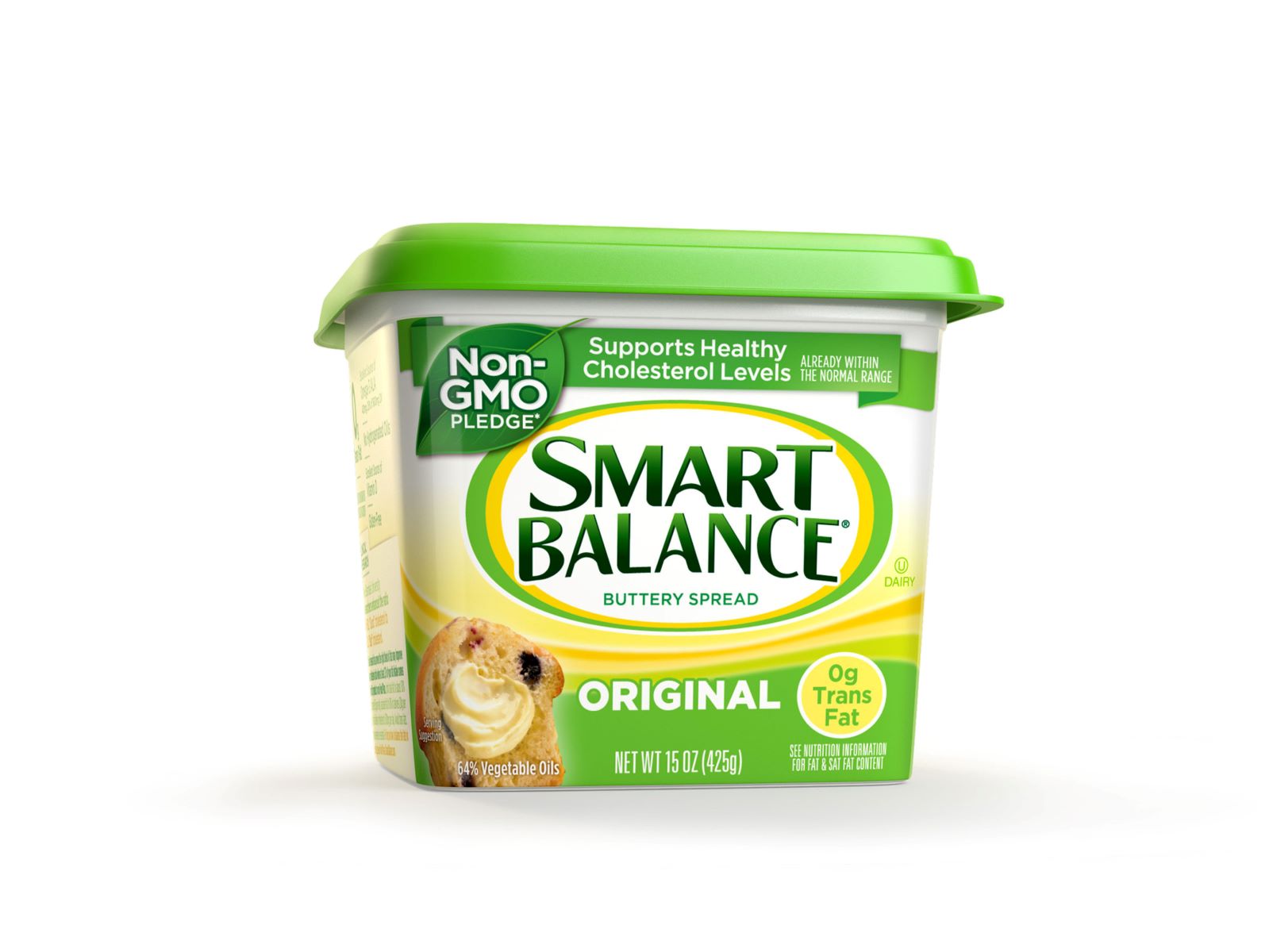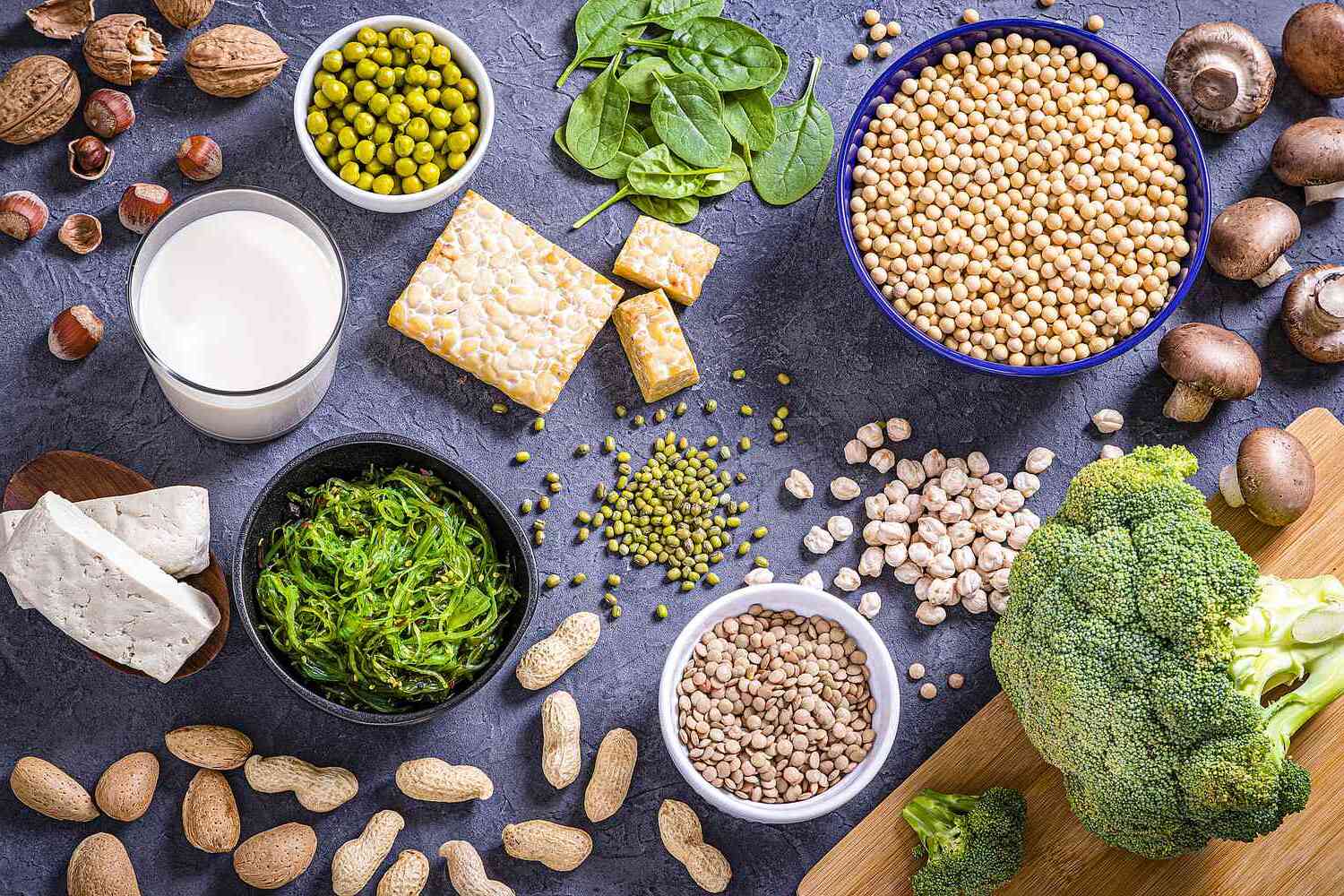
When it comes to maintaining a healthy diet, one of the key elements to consider is the balance between fats and oils. Smart Balance Margarine, a popular choice among health-conscious individuals, offers a delicious and nutritious solution. With its unique blend of plant-based oils, this margarine provides a smarter alternative to traditional butter. In this article, we will explore 19 smart balance margarine nutrition facts that you should know. Understanding the nutritional content of this versatile spread can help you make informed decisions about incorporating it into your diet. So, let’s dive in and discover the benefits and advantages that Smart Balance Margarine has to offer!
Key Takeaways:
- Smart Balance Margarine is a healthier alternative to butter, with lower saturated fat, heart-healthy oils, and added nutrients like omega-3 fatty acids and vitamin E. It’s great for your heart and overall health!
- Whether you’re vegan, gluten-free, or lactose intolerant, Smart Balance Margarine is a versatile and delicious option for cooking and baking. It’s also free of trans fats, cholesterol, and artificial additives, making it a smart choice for a variety of diets.
Low in saturated fat
Smart Balance Margarine is a great choice for those looking to reduce their intake of saturated fats. It contains significantly lower levels of saturated fat compared to traditional butter.
Rich in heart-healthy oils
This margarine is made with a blend of heart-healthy oils like canola and olive oil, which have been shown to support cardiovascular health.
Contains omega-3 fatty acids
Smart Balance Margarine is fortified with omega-3 fatty acids, which are essential for brain function and have been linked to numerous health benefits.
High in vitamin E
This margarine is a good source of vitamin E, a powerful antioxidant that helps protect the body against oxidative stress and supports healthy skin.
Trans fat-free
Unlike many other margarines or spreads, Smart Balance Margarine is completely free of trans fats, which are known to increase the risk of heart disease.
Cholesterol-free
As it is plant-based, this margarine is completely free of cholesterol, making it a healthier option for those watching their cholesterol levels.
Lower in calories than butter
Smart Balance Margarine contains fewer calories than butter, making it a good choice for individuals aiming to control their caloric intake.
Suitable for lactose-intolerant individuals
Since it is dairy-free, this margarine can be enjoyed by individuals who are lactose intolerant without causing any digestive issues.
Contains plant sterols
This margarine is fortified with plant sterols, which have been shown to help lower LDL cholesterol levels and reduce the risk of heart disease.
Gluten-free
Smart Balance Margarine is gluten-free, making it safe for individuals with gluten sensitivities or celiac disease to incorporate into their diet.
Adds a creamy texture and flavor
Spread this margarine on your toast or use it in your baking recipes for a rich and creamy texture, plus a delicious buttery flavor.
Suitable for vegan diets
As it is made from plant-based ingredients, Smart Balance Margarine is a suitable choice for those following a vegan or plant-based lifestyle.
Contains no artificial flavors or preservatives
This margarine is free of artificial flavors and preservatives, making it a healthier option compared to some other spreads on the market.
Supports brain health
Due to its omega-3 fatty acid content, Smart Balance Margarine may contribute to brain health and enhance cognitive function.
Helps to maintain healthy blood pressure levels
The heart-healthy oils in this margarine, such as canola oil, have been associated with maintaining healthy blood pressure levels.
Versatile for cooking and baking
Use this margarine in a variety of cooking and baking recipes to add flavor and moisture to your favorite dishes.
Contains no hydrogenated oils
Smart Balance Margarine is completely free of hydrogenated oils, which can raise LDL (bad) cholesterol levels and increase the risk of heart disease.
Suitable for individuals with nut allergies
Since it does not contain nuts or nut oils, this margarine is safe for those with nut allergies to consume without any adverse reactions.
Easily spreads on bread and toast
Enjoy the convenience of easily spreading this margarine straight from the refrigerator onto your favorite breads and toasts.
Conclusion
With its wide array of products and nutritious properties, Smart Balance Margarine is a great option to balance taste and health. Whether you’re looking for a buttery spread, a cooking oil substitute, or a delicious ingredient for baking, Smart Balance Margarine offers a variety of options to suit your needs. Made with natural plant-based oils and zero cholesterol, Smart Balance Margarine is a heart-healthy choice that can be enjoyed by everyone. Additionally, its omega-3 fatty acids help promote brain and heart health. So why settle for ordinary margarine when you can choose the smarter option? Try Smart Balance Margarine and experience the perfect balance of taste and nutrition.
FAQs
1. Are Smart Balance Margarine products suitable for people with dietary restrictions?
Yes, Smart Balance Margarine offers options that are suitable for individuals with dietary restrictions, such as gluten-free and vegan varieties.
2. Can Smart Balance Margarine be used for baking?
Yes, Smart Balance Margarine can be used as a substitute for butter in baking recipes. It provides a similar taste and texture while offering the added health benefits of plant-based oils.
3. Is Smart Balance Margarine a healthier alternative to butter?
Yes, Smart Balance Margarine is considered a healthier alternative to butter due to its lower saturated fat content and the presence of heart-healthy omega-3 fatty acids.
4. Does Smart Balance Margarine contain trans fats?
No, Smart Balance Margarine does not contain trans fats. It is formulated without hydrogenated oils, which are a significant source of trans fats.
5. Can Smart Balance Margarine help with weight management?
Smart Balance Margarine can be part of a balanced and healthy diet, but it should be consumed in moderation. It is important to consider overall calorie intake when managing weight.
6. Can Smart Balance Margarine be used for cooking?
Yes, Smart Balance Margarine is suitable for cooking at moderate temperatures. It has a high smoke point, making it ideal for sautéing, baking, and grilling.
7. Are Smart Balance Margarine products non-GMO?
Yes, Smart Balance Margarine products are non-GMO, ensuring that they are free from genetically modified ingredients.
8. Does Smart Balance Margarine need to be refrigerated?
Once opened, it is recommended to store Smart Balance Margarine in the refrigerator to maintain its freshness and quality.
9. What is the shelf life of Smart Balance Margarine?
Unopened Smart Balance Margarine has a shelf life of roughly one year. However, it is always best to check the product packaging for specific expiration dates.
10. Can Smart Balance Margarine be used as a substitute for oil or butter in recipes?
Yes, Smart Balance Margarine can be used as a substitute for oil or butter in recipes. It provides a similar taste and texture while offering additional health benefits.
Was this page helpful?
Our commitment to delivering trustworthy and engaging content is at the heart of what we do. Each fact on our site is contributed by real users like you, bringing a wealth of diverse insights and information. To ensure the highest standards of accuracy and reliability, our dedicated editors meticulously review each submission. This process guarantees that the facts we share are not only fascinating but also credible. Trust in our commitment to quality and authenticity as you explore and learn with us.


